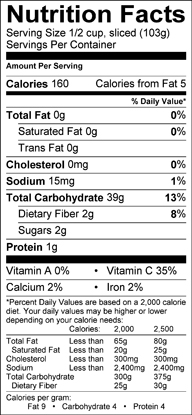Choose roots around one inch in diameter with a brownish-red outer layer and grayish-white flesh. Avoid roots that are rubbery or that have blemishes.
When identifying burdock, keep an eye out for:
Burdock has a very deep taproot, extending a foot or more into the earth. Some roots are as thin as a pencil, while others are much thicker.
Burdock roots grow so deep that we must loosen the soil below the ground before harvesting the root.
Effective is digging a ring or trench around the root and scooping out the soil.
Then, you can gently pull to ease the whole root out without breaking.
You can refrigerate burdock root in water in a shallow dish or wrapped in damp paper towels and perforated plastic for up to 4 days.
Fat free, saturated fat free, cholesterol free, and sodium free
